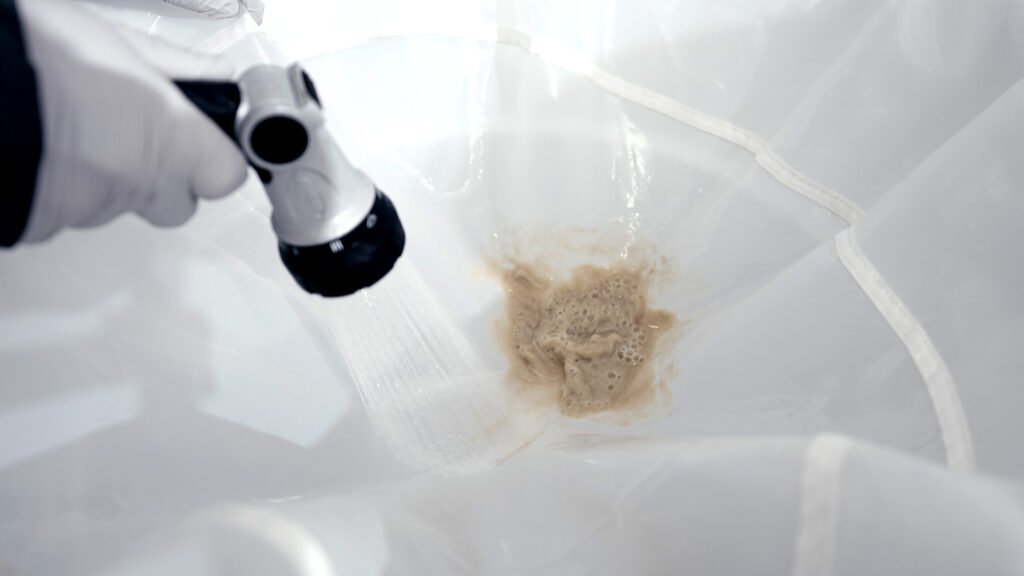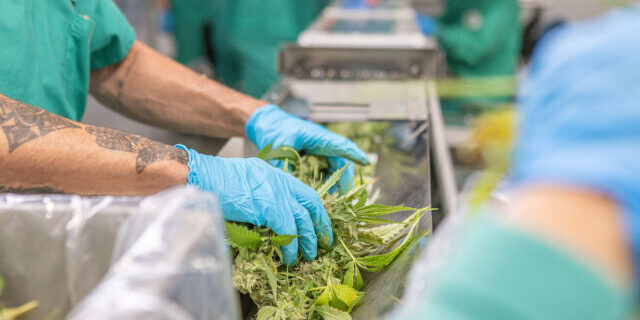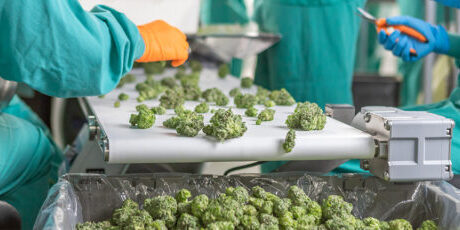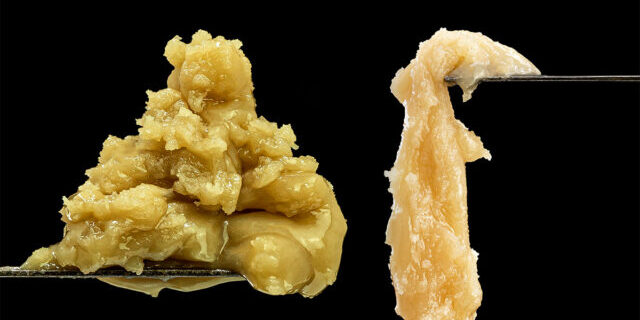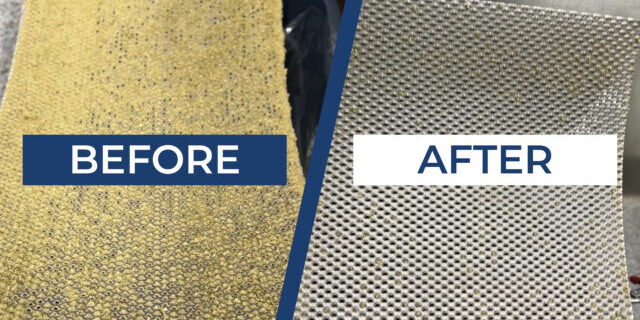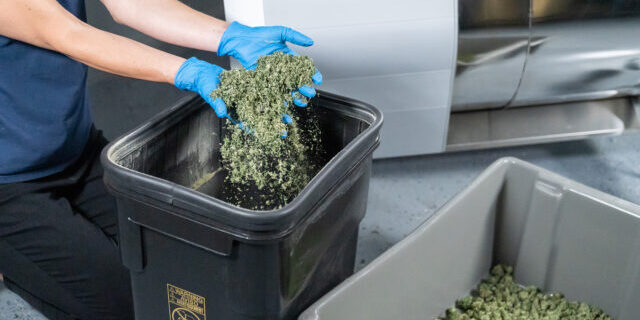Flower Rosin vs Hash Rosin: What Every Producer Should Know
Commercial producers evaluating solventless options often land on two standout products: flower rosin and hash rosin. But while both are solventless extracts, the inputs, preparation processes, and commercial potential are fundamentally different.
This article breaks down what sets these two products apart, especially when it comes to prep and production at scale. As equipment experts with years in cannabis automation and processing, Mobius has worked closely with operators developing both product types. If you’re deciding between pressing flower or hash, this guide will help you compare workflows, yields, and long-term viability.
What Is Flower Rosin?
Flower rosin is made by pressing dried and cured cannabis flower between heated plates. Pressure and heat release the resin without the need for solvents. It’s a straightforward process with minimal prep: select and prepare high-quality flower, monitor moisture levels, insert into a rosin bag (typically 90-115 micron), and press.
Flower rosin is most commonly produced by small- to mid-scale operations due to its straightforward workflow and lower equipment demands. However, many large-scale producers also include flower rosin in their product lines, especially when working with high-end flower or when targeting cultivar-specific offerings that justify a direct-to-press approach.
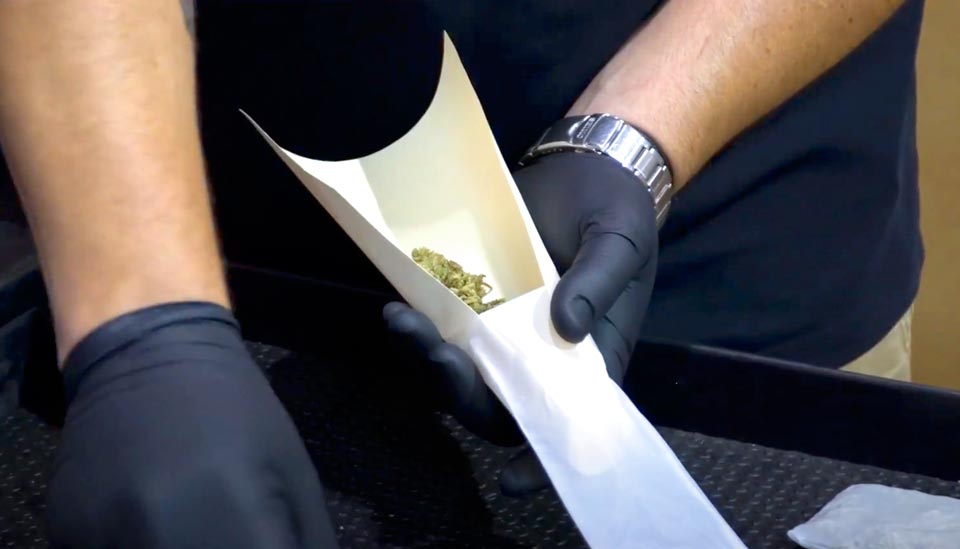
Advantages and Limitations of Flower Rosin
Advantages
- Lower material prep time: No need for washing, trimming, or freeze drying.
- Simple workflow: Trimming, curing, milling, and moisture control are the main prep considerations.
- Flexible inputs: High-quality bud is the primary source, but kief or dry sift can also be pressed.
- Lower equipment investment: No wash stations, freeze dryers, or filtration setups needed.
Limitations
- Inconsistent yields: Output can be inconsistent depending on strain, grow method, and water activity.
- Lower purity: More plant lipids, waxes, and chlorophyll can make their way into the final product than in hash rosin.
- Shelf life concerns: Increased risk of oxidation due to higher plant matter content.
- Limited premium positioning: Flower rosin doesn’t always meet the purity thresholds required for top-tier products.
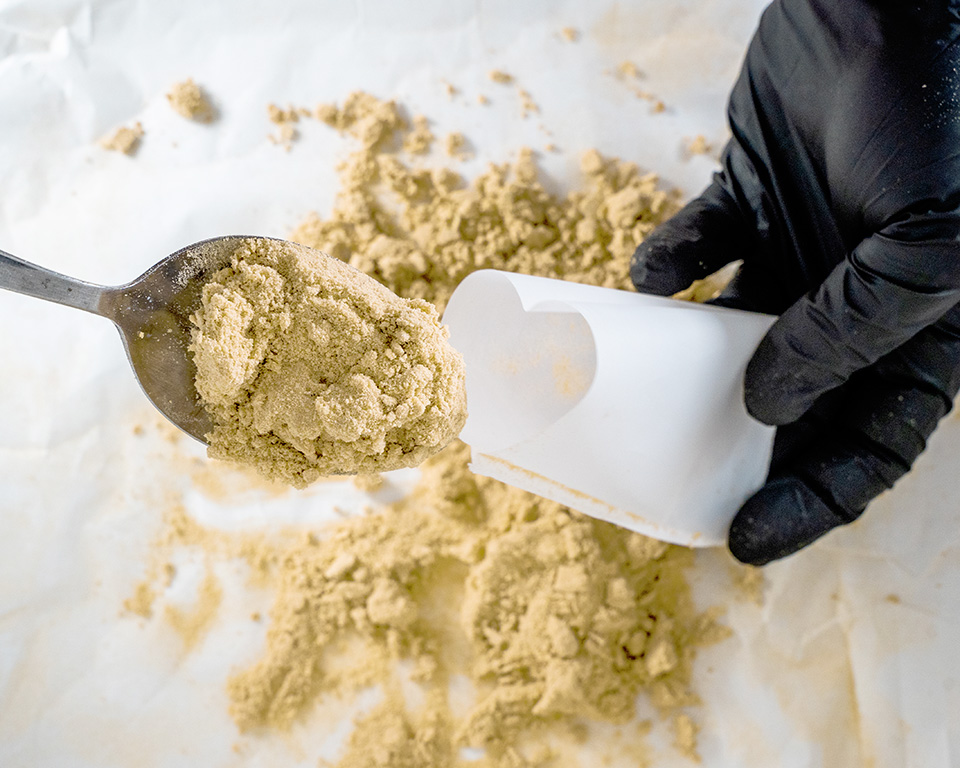
What Is Hash Rosin?
Hash rosin is produced by pressing bubble hash made from fresh frozen cannabis with the ice water extraction method. The process involves agitation with cold, filtered water and flower, filtration, freeze drying, grading, and bagging the hash before pressing. It’s important to keep an eye on water content, ambient humidity, and room temperature during each stage of the process. These factors help to preserve resin integrity and can ensure better press performance.
Hash rosin sits at the top of the solventless hierarchy due to its clarity, potency, and terpene retention. To achieve this level of quality, the starting material must be exceptional. Cannabis should be harvested at peak ripeness and frozen immediately to preserve trichome structure and terpene content. It’s often labeled as live rosin when fresh frozen inputs are used, and it’s become a staple in premium concentrate lineups.
Advantages and Limitations of Hash Rosin
Advantages
- High purity: Fewer contaminants due to separation of plant material during washing.
- Superior flavor and aroma: High terpene preservation and clarity.
- Shelf stability: Reduced chlorophyll and lipid content helps with oxidation resistance.
- Premium positioning: Commands higher price points per gram.
Limitations
- Involved prep: Requires washing, freeze drying, grading, and careful storage.
- Greater equipment needs: Wash stations, bubble hash bags for filtration, and freeze dryers.
- Resource-heavy: More plant material is needed to make hash before pressing.
- Sensitive to upstream variables: Poor wash quality results in poor rosin.
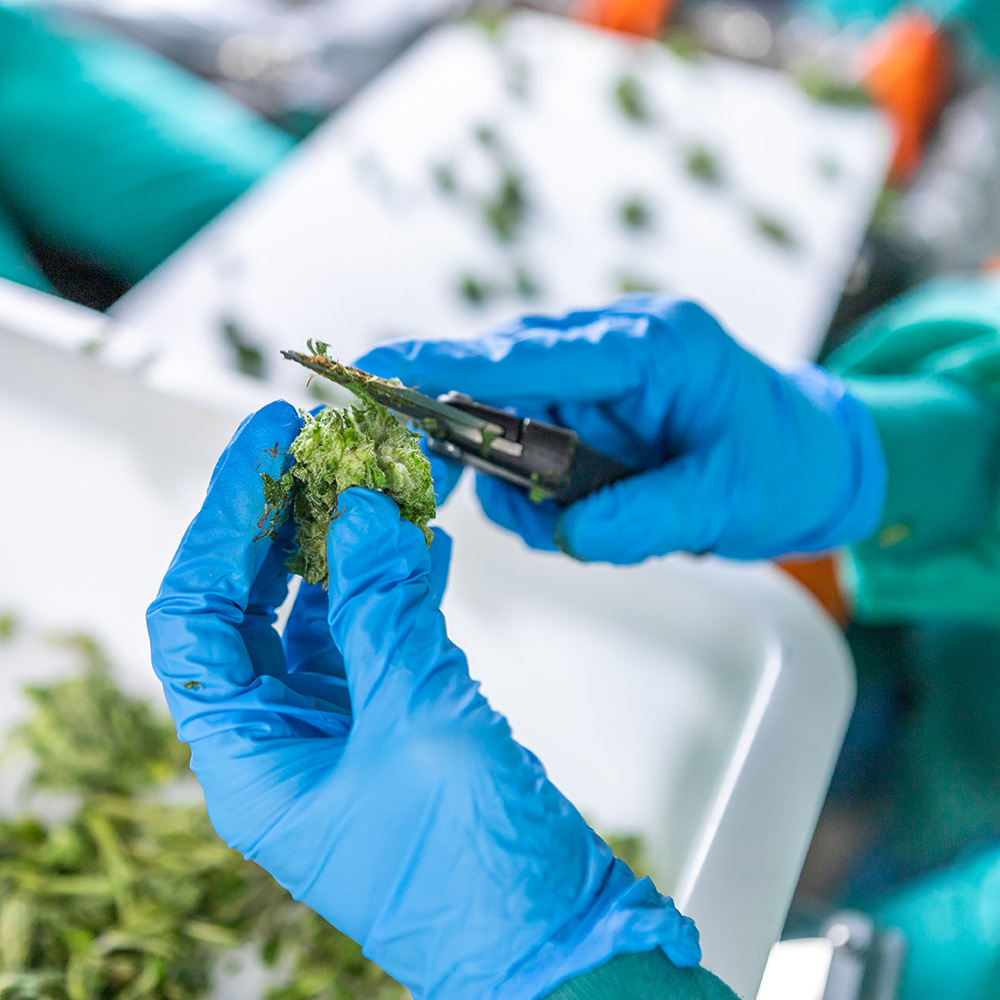
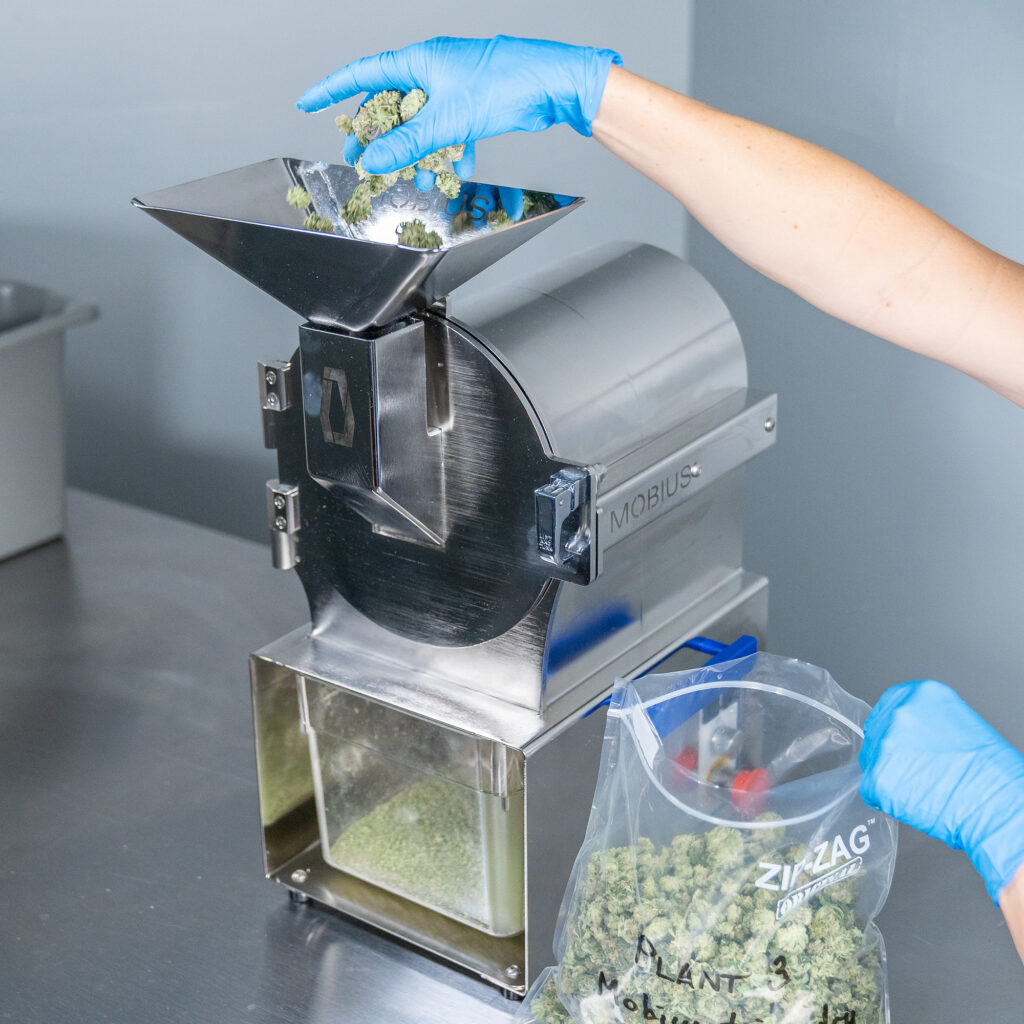
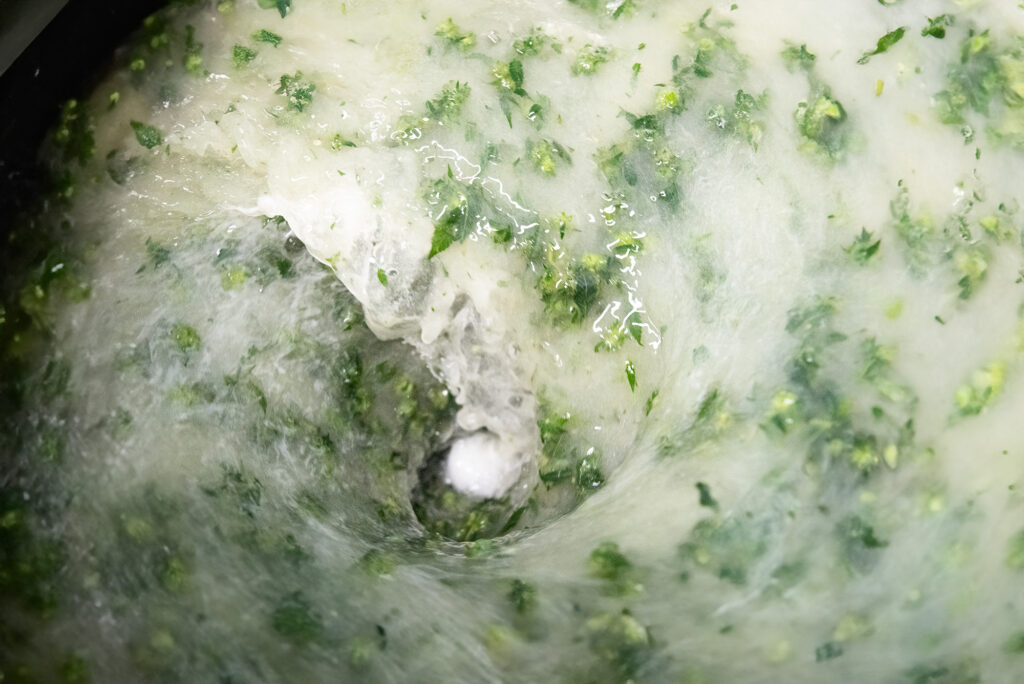
Flower Rosin vs Hash Rosin: Prep, Performance, and Profitability
When comparing flower rosin and hash rosin at scale, the most significant difference is the prep workflow. Here’s a detailed breakdown of what goes into each.
Material Prep
| Flower Rosin | Hash Rosin |
|---|---|
| Trimming: Properly trimmed flower minimizes excess plant material and allows for more efficient pressing, however, it’s important to make sure trichome heads remain intact and there’s minimal surface damage to the bud. Consistency at this stage supports higher quality output and cleaner rosin. Milling: Milling flower before pressing is an essential step as it can improve consistency and surface area, helping maximize extraction efficiency. However, milling must be done carefully to avoid heat buildup that could degrade terpenes and reduce product quality. Storage: Dried and cured flower must be stored with proper moisture content. Water activity should be between about 0.55 and 0.62, and relative humidity of the processing room around 50-60%. Moisture control: Flower that is too dry results in lower yield. Too wet, and it can steam or degrade in the press. Cured flower should ideally be between 58-62% RH. | Washing: Fresh frozen flower is agitated in cold water. Clean water and proper agitation are essential to release intact trichome heads without breaking them. Filtering: The mixture is then filtered through a series of micron bags, typically 25 to 220 microns. For rosin-grade hash, most producers use trichomes filtered in the 73–120 micron range. Freeze drying: After collection, hash must be freeze-dried to remove moisture without degrading cannabinoids and terpenes. This step is also critical to prevent microbial growth and contamination. Grading: After drying, hash is evaluated for melt quality and graded. Only full-melt or near-full-melt grades are suitable for making premium rosin. Rosin bags: Hash is finer than flower, so it’s pressed in smaller micron bags (usually between 25 and 37 microns) to contain all particulates and avoid blowouts. |
| Processing tip: Always run small test presses to dial in temperature and pressure for each strain. These small-scale runs can provide valuable feedback and give insight into the expected yield and resin quality before scaling up to full batches. | Processing tip: Use a test wash to gauge the resin content of fresh frozen batches. Evaluate the potential yield and resin quality before scaling. |

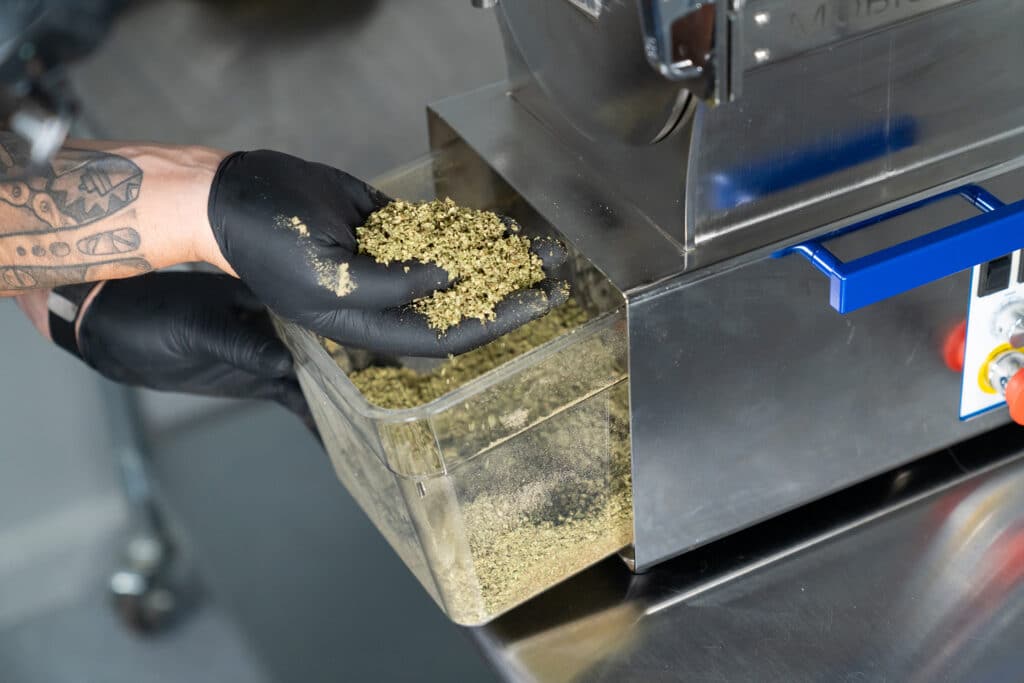

Equipment and Labor
| Flower Rosin | Hash Rosin |
|---|---|
| Setup is relatively simple and doesn’t require a large team. Preparation will require a trimming machine and cannabis mill. Then a reliable rosin press, some press bags, and a controlled environment for temperature and humidity are usually all that’s needed. | Requires a more involved setup. You’ll need a dedicated space with wash stations, ice machines (if necessary for your hash washer), freeze dryers, bubble hash bags, and drying racks. A larger team is needed for washing, drying, sieving, and prepping the material for pressing. |
Yields and Output Quality
| Flower Rosin | Hash Rosin |
|---|---|
| Yields typically range from about 15–25% when pressing dried and cured flower. This yield is influenced by factors such as cultivar, moisture content, prep quality, and processing techniques. More plant matter in the rosin will affect the overall quality. | Pressing top-grade bubble hash can yield 60–70% rosin, with significantly better clarity, terpene profile, and shelf stability than flower rosin. However, it’s important to also account for the initial yield of bubble hash from fresh frozen flower, which is approximately 3–8%. Consequently, the overall yield of hash rosin from fresh frozen flower is around 2–5%. |
Despite the lower overall yield, hash rosin offers superior purity, clarity, and terpene preservation, making it a premium product with a higher market value than flower rosin.
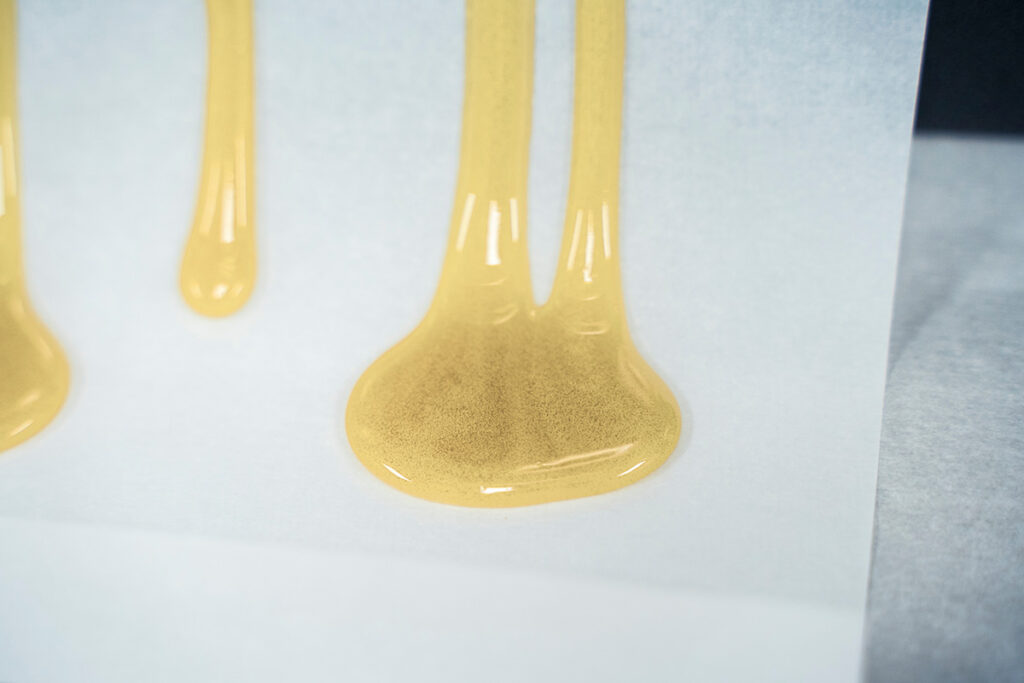
Brand Positioning and Cost of Goods Sold
| Flower Rosin | Hash Rosin |
|---|---|
| Mid-tier to high-tier product ,depending on flower quality. Lower cost of goods sold (COGS) due to reduced labor and equipment requirements, but also lower price ceiling. | Top-tier product. Higher COGS, but can command prices two to three times higher than flower rosin in premium markets. |
Flower rosin can be a good entry point into solventless products. But for producers looking to establish high-end products or white-label opportunities with premium positioning, hash rosin offers more upside.
Choosing the Right Path for Your Facility
Both flower rosin and hash rosin have their place in commercial cannabis operations. Flower rosin is easier to produce, requires less prep, and can be profitable when using high-grade inputs. Hash rosin, while more demanding, results in superior product quality, premium market pricing, and long-term brand differentiation.
If you’re looking to improve prep efficiency, press consistency, or output quality, Mobius has the equipment to support your goals, from milling to moisture control to optimized processing environments.
